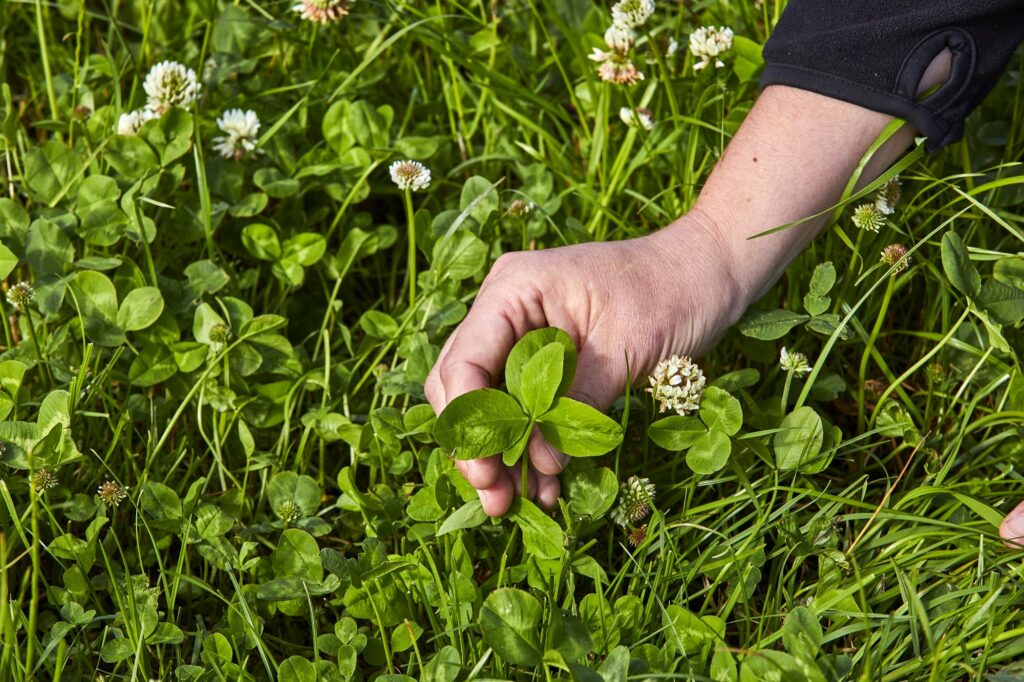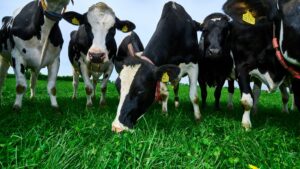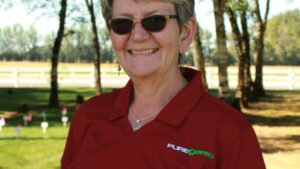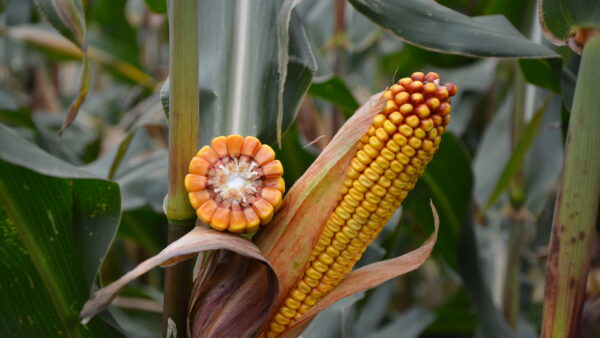Finding a dish that suits everyone’s diet can be a real pickle. Although there are classics that most people like, more and more people have their own opinion about what constitutes the perfect dish. Likewise, there are also a lot of opinions about the perfect dish in dairy farming. For cows in stable, the nutritionists would recommend an energy-rich diet composed of two third concentrates and one third forage. The farmer would perhaps change the ratio in favor of more forage, since it is home-grown and therefore cheaper. The environmentalist would recommend perennial forages, because perennials in general have deeper root growth and take up residual nitrogen better than annuals. The climate-activist would definitely recommend the forage to be as digestible as possible in order to decrease methane emission. They all have their say to the diet balance, but how is it possible to satisfy everyone?
Let’s look at it from the farmers perspective
His first priority is to earn his living and keep his animals healthy by maintaining a stable year-round supply of balanced feed. Any sudden change in feed composition- or quality – will destabilize rumen equilibrium and penalize milk production. So, to alleviate any seasonal effect on forage, he will stack the different cuts in one silage pile or feed bales of different cuts together. The overall digestibility of his silage will depend on species, varieties, and cutting management. Each cut, and especially the first, should be taken at the right moment. That is exactly when the forage is heading. Too late – digestibility will decrease; too early – stem production will continue throughout subsequent cuts. One way to infer some flexibility here is to grow mixtures of grasses with different heading date or even better add some clovers to the mixture. Recent results from a scientific feeding study (Johansen et al., 2017, J.Dairy Sci.https://doi.org/10.3168/jds.2017-13401), demonstrated, that mixing in 50% white clover to a perennial ryegrass that was cut much too late (visible spikelets) organic matter digestibility could be increased from 77% to 80% and milk production from 31 to 35 kg ECM per day. Same effect was seen for red clover, albeit less pronounced.
The “clover-effect”
Scientists call it the ”clover-effect” as several similar studies show the same phenomenon. So, why are grass-clover mixtures not used more extensively throughout Europe? The direct answer is convenience. In order to keep the optimal ratio between clover and grass the farmer has to keep an eye on the crop and by fertilization stimulate grass growth when clover tends to get on top. Many farmers however, incorrectly believe that it requires undue amount of work to keep this balance. With regular estimation of clover/grass ratio, which by the way can be done through a phone app, the rest is simple management by online product guides. Clover-grass mixtures comes with a very important bonus too: They need less fertilizer!
With new legislative constraints in several countries this might become an important incentive to try it out. So go ahead – there is nothing to lose, but a lot to win for you, your cow, your bees, your environment, and your climate – everybody love that dish!









